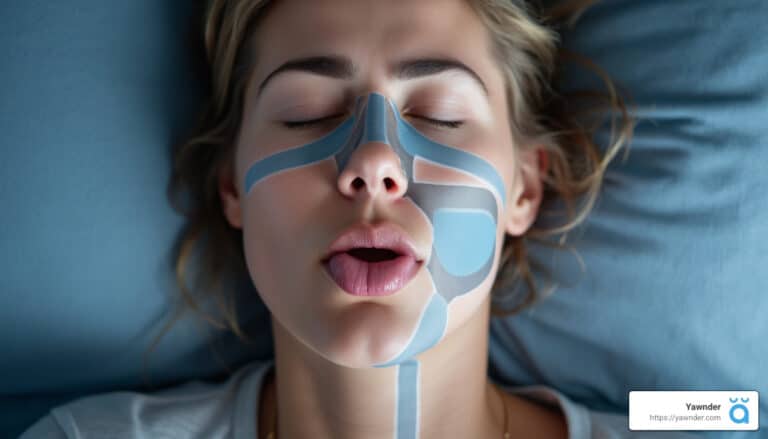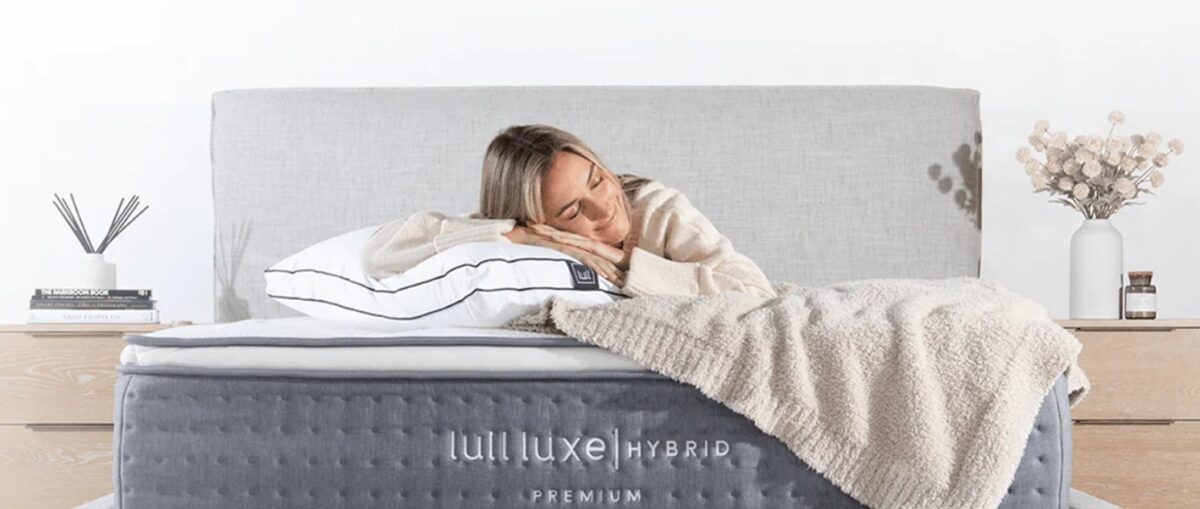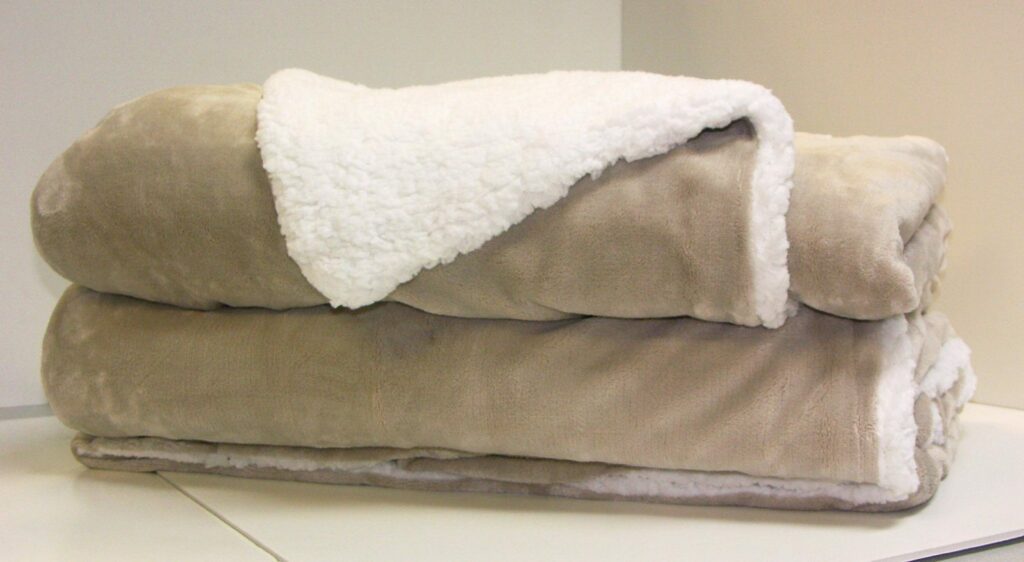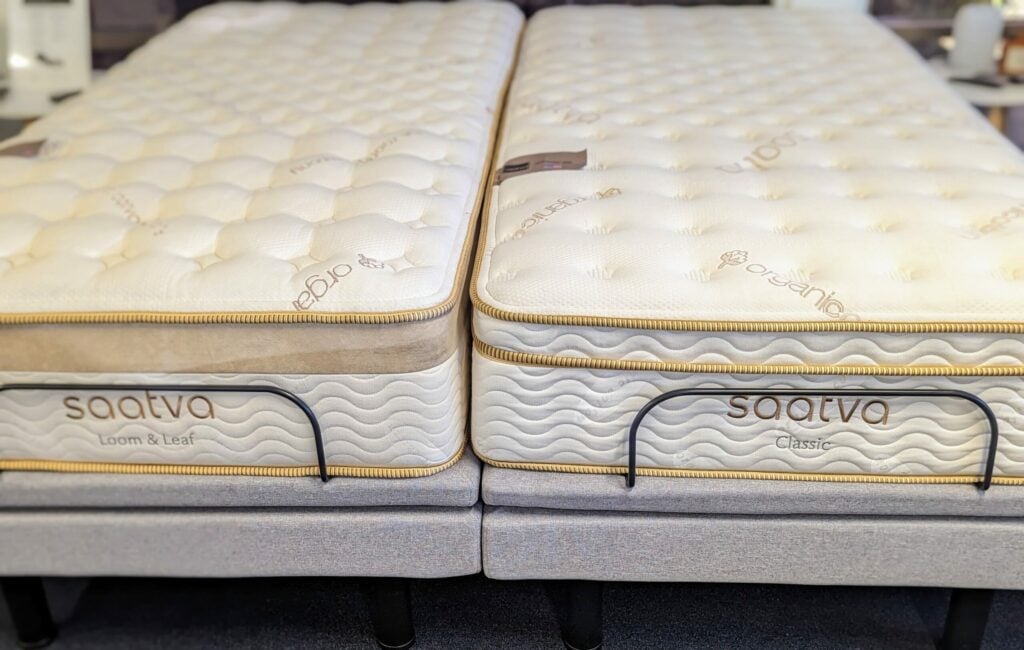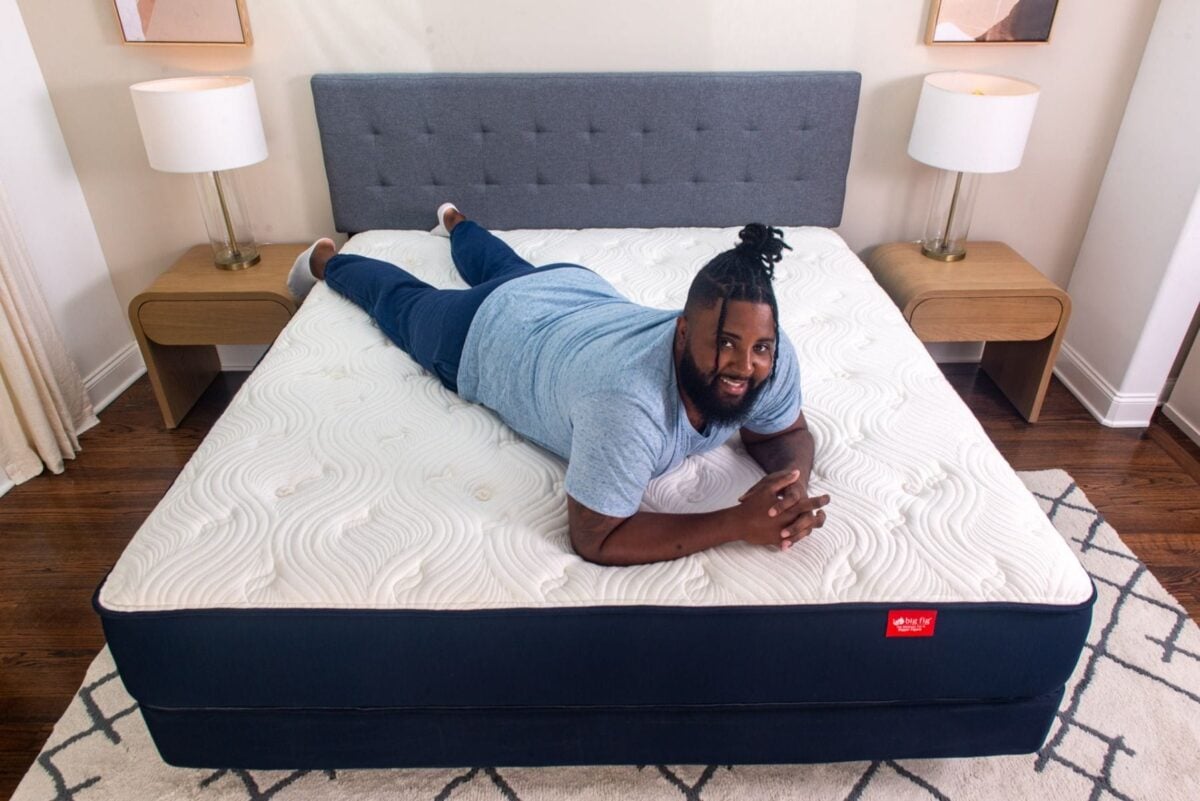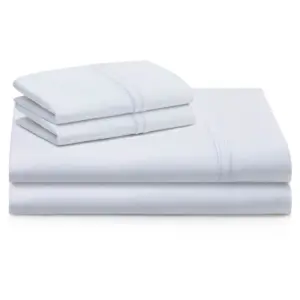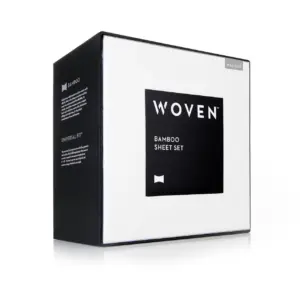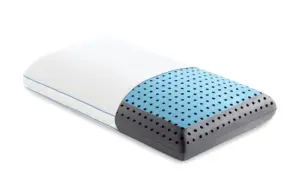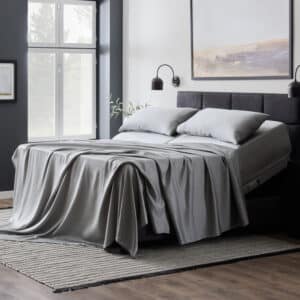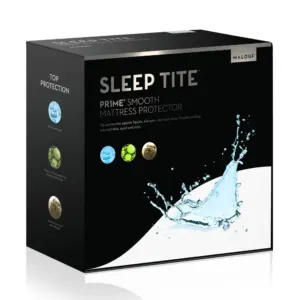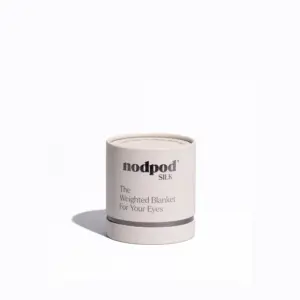Experts Discuss Mewing’s Effectiveness for Sleep Apnea
Can Mewing Help Sleep Apnea?
The question Can mewing help sleep apnea? invites a multifaceted discussion. The essential answer is: it might. By adopting a proper tongue posture, mewing could potentially mitigate symptoms of obstructive sleep apnea by promoting open airways. This technique encourages the tongue to rest against the roof of the mouth, which may help prevent airway blockages during sleep.
Key Takeaways
– Mewing emphasizes correct tongue placement, which may enhance breathing quality.
– It could potentially reduce airway obstruction, a primary contributor to snoring and sleep apnea.
– Although promising, further research is required to provide definitive evidence.
Millions are affected by sleep apnea, a disorder characterized by interrupted breathing throughout the night. Accompanied often by loud snoring, this serious condition can have grave implications for overall health. In their quest for simple yet effective solutions, many individuals are turning to mewing, a practice founded on achieving correct tongue posture. This technique, popularized by Dr. John Mew and his son Mike Mew, posits that daily tongue positioning can significantly influence sleep quality.
I’m Ben Trapskin, a dedicated sleep enthusiast who has navigated my own journey with sleep challenges. Through diligent research at Yawnder, I’ve unearthed valuable strategies for improving sleep, including mewing. Join me as we delve into the intriguing question: Can mewing help sleep apnea? and uncover its complexities in the sections that follow.
Mewing’s Role in Sleep Apnea Relief
Mewing could play a crucial role in managing sleep apnea symptoms. The concept is straightforward: by positioning the tongue against the roof of the mouth, individuals can potentially facilitate better breathing and minimize the risk of airway blockages during sleep. This could be transformative for those grappling with obstructive sleep apnea.
Tongue Positioning and Airway Improvement
The essence of mewing lies in the correct placement of the tongue. Many people naturally rest their tongues at the bottom of the mouth. In contrast, mewing advocates for resting the tongue against the upper palate. This minor adjustment could significantly impact airway functionality, potentially reducing the likelihood of obstructions—an essential factor in both sleep apnea and snoring.
Anecdotal Evidence and Real-Life Experiences
While extensive scientific research on mewing’s efficacy for sleep apnea remains limited, anecdotal evidence suggests encouraging outcomes. Numerous individuals have reported enhancements in sleep quality and reductions in snoring after embracing the practice of mewing. A noteworthy study published in the European Journal of Orthodontics indicated that similar tongue-repositioning exercises contributed to reduced snoring among individuals with mild to moderate obstructive sleep apnea.
Yet, it’s critical to acknowledge that these anecdotes are not yet substantiated by robust scientific studies. The insights from mewing practitioners present a hopeful perspective, yet further research is necessary to firmly establish its effectiveness.
A Deeper Understanding of Sleep Apnea
Understanding sleep apnea is fundamental to grasping its treatment options. This prevalent disorder disrupts normal breathing patterns during sleep, leading to sporadic interruptions. Recognizing the primary types of sleep apnea will aid in identifying suitable treatment paths.
Obstructive Sleep Apnea (OSA)
Obstructive Sleep Apnea (OSA) stands as the most common form. It arises when throat muscles excessively relax during sleep, creating partial or complete airway blockages, resulting in disrupted breathing. Key characteristics of OSA include:
– Loud snoring: Frequently caused by the vibrations of relaxed throat muscles.
– Gasping or choking: This can stir the sleeper awake.
– Daytime fatigue: Resulting from disturbed sleep patterns.
OSA often correlates with various risk factors, including obesity, smoking, and larger neck circumference.
Central Sleep Apnea (CSA)
Although less common, Central Sleep Apnea (CSA) differs significantly from OSA. It occurs when the brain fails to send appropriate signals to the muscles responsible for breathing. Unlike OSA, CSA does not involve physical blockages but is instead a neurological communication issue.
Key characteristics of CSA involve:
– Breath cessation without obstruction: The challenge lies in neurology rather than physical blockages.
– Less snoring: Since there isn’t a blockage causing vibrations.
– Underlying health conditions: Often associated with heart disorders or strokes.
Complex Sleep Apnea Syndrome
Complex Sleep Apnea Syndrome, also known as treatment-emergent central sleep apnea, combines both obstructive and central sleep apnea. This condition may emerge when OSA treatments, such as CPAP, induce CSA symptoms. Key traits of Complex Sleep Apnea include:
– Combination of symptoms: Displaying traits from both obstructive and central apnea.
– Treatment challenges: Requiring a tailored strategy due to its dual nature.
Recognizing these types is vital for determining effective treatment methods. Whether through lifestyle adjustments, clinical devices, or exploring techniques such as mewing, understanding the specific variant of sleep apnea in question is crucial for effective management.
How Mewing Enhances Breathing
Mewing involves proper tongue posture that may impact both facial structure and respiratory efficacy. Here’s a closer look at its potential tie-in with sleep apnea.
Jaw Structure
Mewing emphasizes the tongue’s posture, which can gradually influence jaw alignment and shape. By consistently placing your tongue on the roof of your mouth, you might encourage a more defined jawline. This positioning could also help maintain open airways, which is pivotal for those experiencing obstructive sleep apnea (OSA).
Nasal Breathing
An intrinsic component of mewing promotes nasal breathing over mouth breathing. Nasal breathing carries several advantages, such as filtering and humidifying incoming air. For individuals with sleep apnea, engaging in nasal breathing aids in keeping airways open and diminishes the probability of airway collapse during sleep. Practicing mewing trains you to breathe through the nose, promoting overall respiratory health.
Tongue Exercises
Mewing incorporates specific tongue exercises aimed at strengthening the muscles within the mouth and throat. These exercises bear similarity to those found in orofacial myofunctional therapy, which has shown promise in alleviating sleep apnea symptoms. Consistent practice of these exercises may enhance muscle tone and potentially reduce the risk of airway obstruction. While these exercises can offer benefits, it’s imperative to recognize that they are not a guaranteed solution for sleep apnea.
Although scientific evidence is still emerging, anecdotal accounts suggest that the principles of mewing might help in managing sleep apnea symptoms. As with any health approach, adherence and correct practice are essential for realizing potential advantages.
Yawnder’s Groundbreaking Approach to Sleep Apnea
Yawnder adopts an innovative stance on sleep apnea, emphasizing personalized assessments and expert pathways to aid individuals in achieving much-needed restful sleep.
Innovative Solutions
Leading the way in sleep technology, Yawnder presents cutting-edge tools and strategies to combat sleep apnea. By merging traditional solutions with modern methodologies, Yawnder offers a comprehensive range of treatments. This includes sophisticated sleep tracking devices designed to analyze your sleep patterns as well as the most recent advancements in CPAP technology for those in need.
Personalized Sleep Assessments
At Yawnder, every case of sleep apnea is treated uniquely. They offer tailored sleep assessments targeted toward understanding the specific challenges you face. Through detailed analysis and individualized consultations, Yawnder’s team assesses your lifestyle, health history, and sleep habits. This personalized framework allows them to construct a tailored treatment plan that effectively addresses your concerns.
Expert Guidance
Committed to delivering expert guidance at every stage, Yawnder’s sleep specialists are well-acquainted with the latest research and techniques related to sleep apnea and mewing. They provide assistance and advice on integrating effective strategies, such as tongue exercises and nasal breathing techniques, into your treatment plan. Combining their expertise with a patient-centered approach empowers you to navigate the complexities of sleep apnea with greater confidence.
Frequently Asked Questions about Mewing and Sleep Apnea
Does Mewing Reduce Snoring?
Anecdotal reports suggest that mewing might help alleviate snoring by improving tongue posture, which keeps airways more open during sleep. However, while some individuals note improvements, substantial scientific evidence is still needed to support these claims fully.
Are There Risks Associated with Mewing?
Generally, mewing is seen as a safe practice, but it’s essential to approach it with caution. The primary risk is linked to improper technique. Incorrect tongue placement or excessive force can lead to discomfort or strain. Ensuring proper practice and consistency is vital. Mewing should complement other treatments rather than serve as a standalone remedy, so consulting with a healthcare professional before commencing any new approach is advisable, particularly for those with pre-existing health issues.
How Long Does It Take to See Results from Mewing?
The timeline for visible improvements from mewing can vary greatly among individuals. Consistency is crucial. While some may notice subtle changes within a few months, others may take significantly longer. Various factors, including age, initial facial structure, and practice regularity, can influence this timeline. Patience and a dedicated approach to maintaining proper posture will likely yield the best outcomes.
Conclusion
In exploring the potential benefits of mewing for sleep apnea, it’s apparent that while anecdotal evidence paints an encouraging picture, additional scientific validation is crucial to comprehensively assess its effectiveness. At Yawnder, we are resolutely committed to providing expert evaluations and unbiased insights into various sleep solutions, empowering you to make informed choices.
Recognizing the profound impact sleep apnea can have on your quality of life, finding the right treatment is non-negotiable. Whether through innovative practices like mewing or established therapies such as CPAP or oral appliances, our goal is to guide you toward the most suitable options for your sleep challenges.
Yawnder aims to help you achieve restful sleep and improved overall health. Our thorough assessments and reviews are designed to connect you with the ideal mattress and bedding products tailored to your specific requirements. By harnessing our expertise in the sleep industry, we strive to be your trusted partner in navigating the complex realm of sleep solutions.
For anyone seeking to enhance sleep quality, we invite you to explore our comprehensive mattress reviews and discover how the right products can be transformative. At Yawnder, we’re dedicated to your journey toward better sleep every night.

